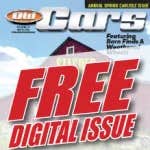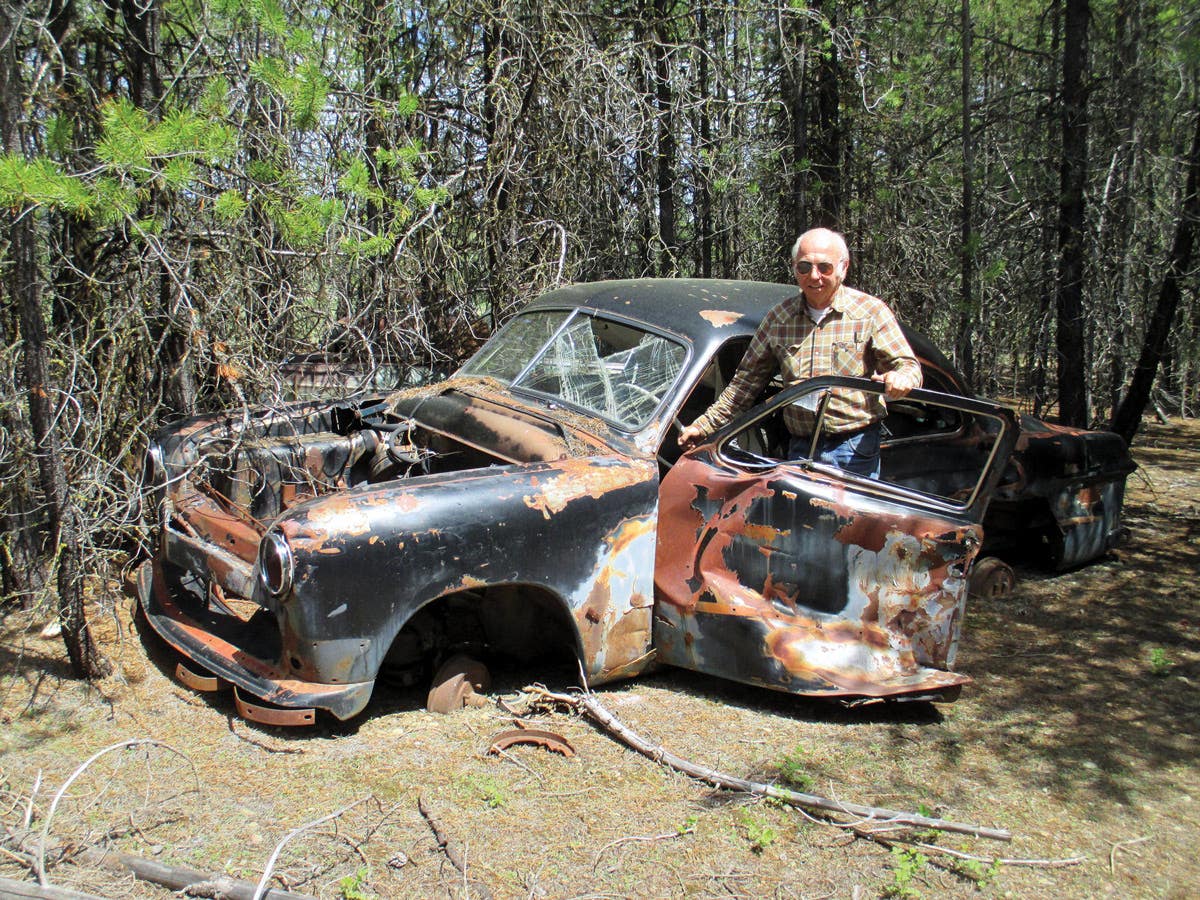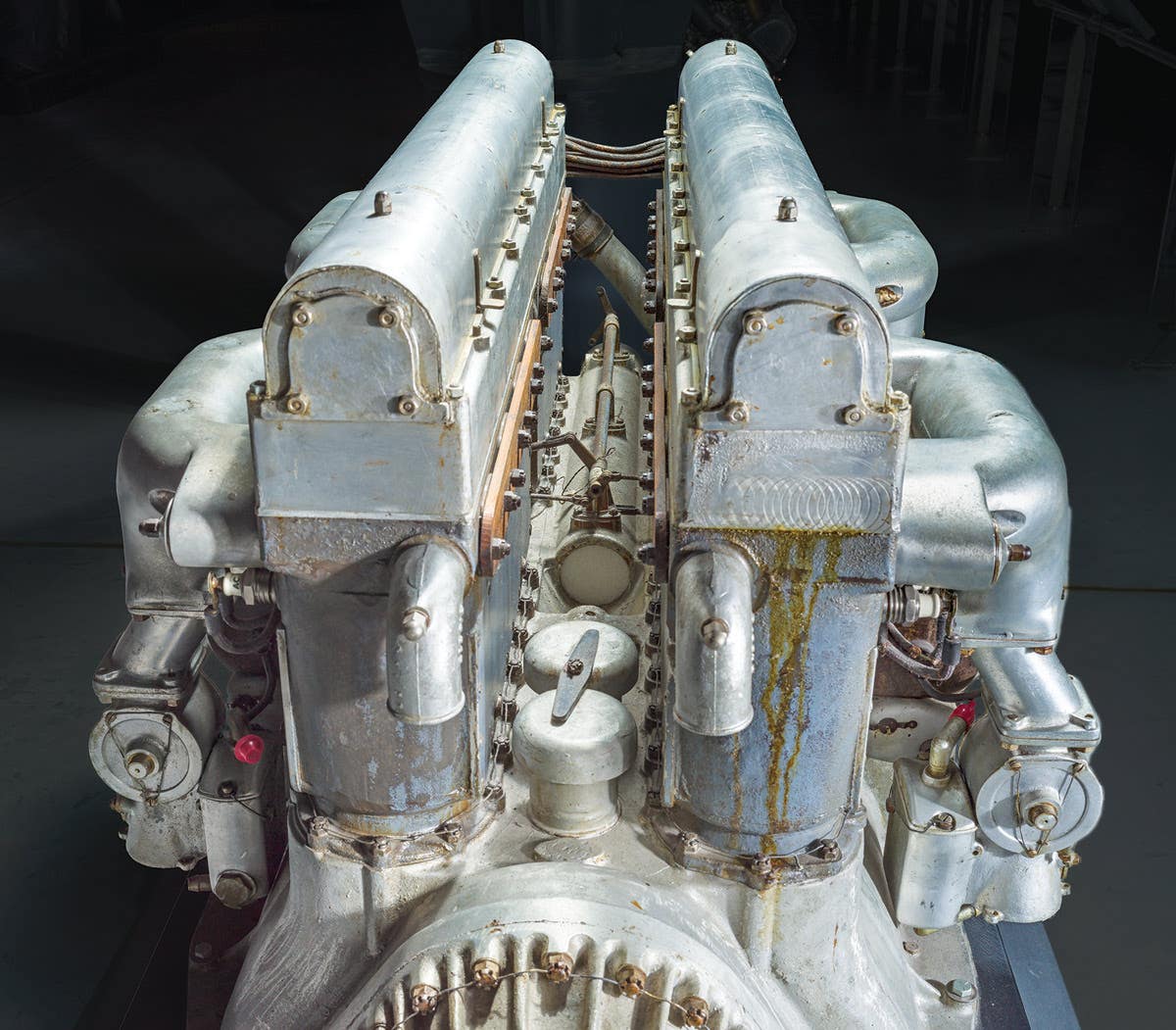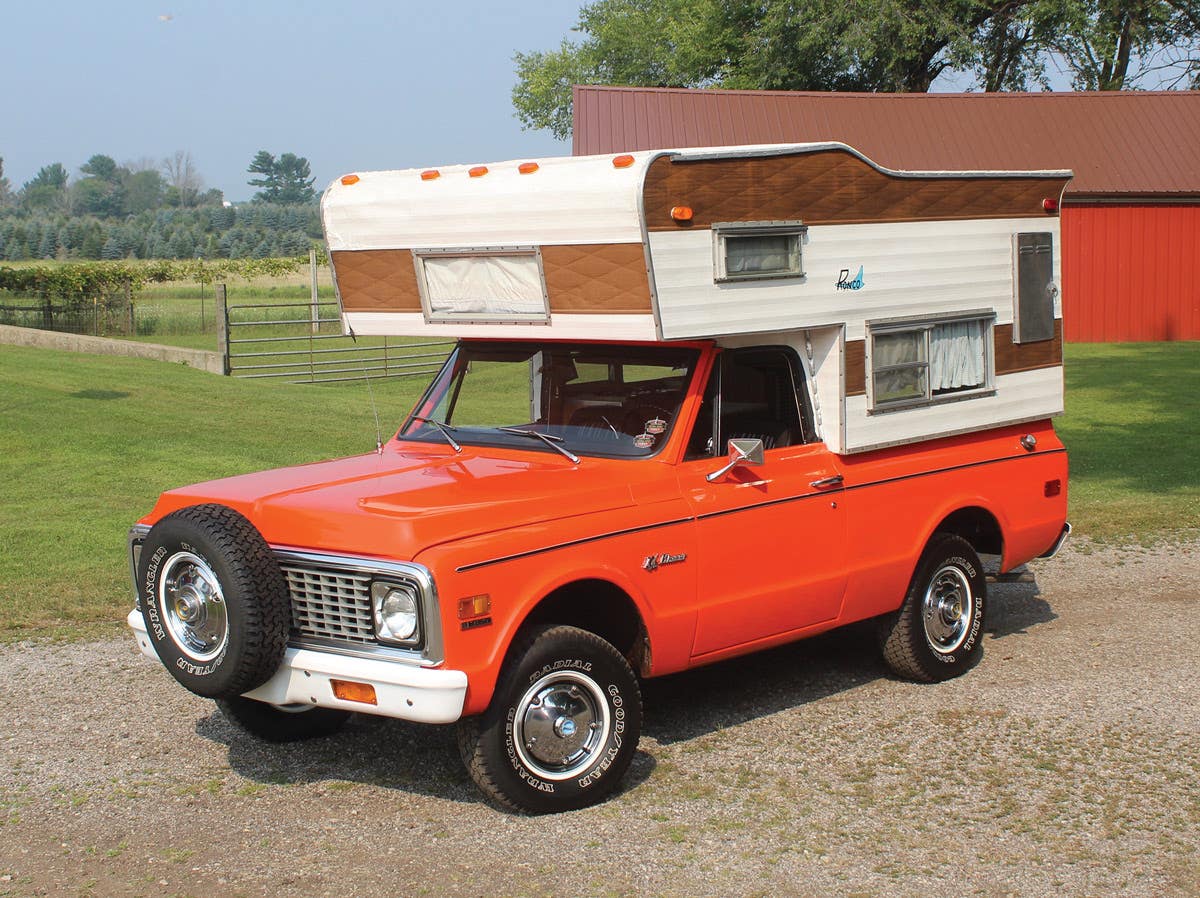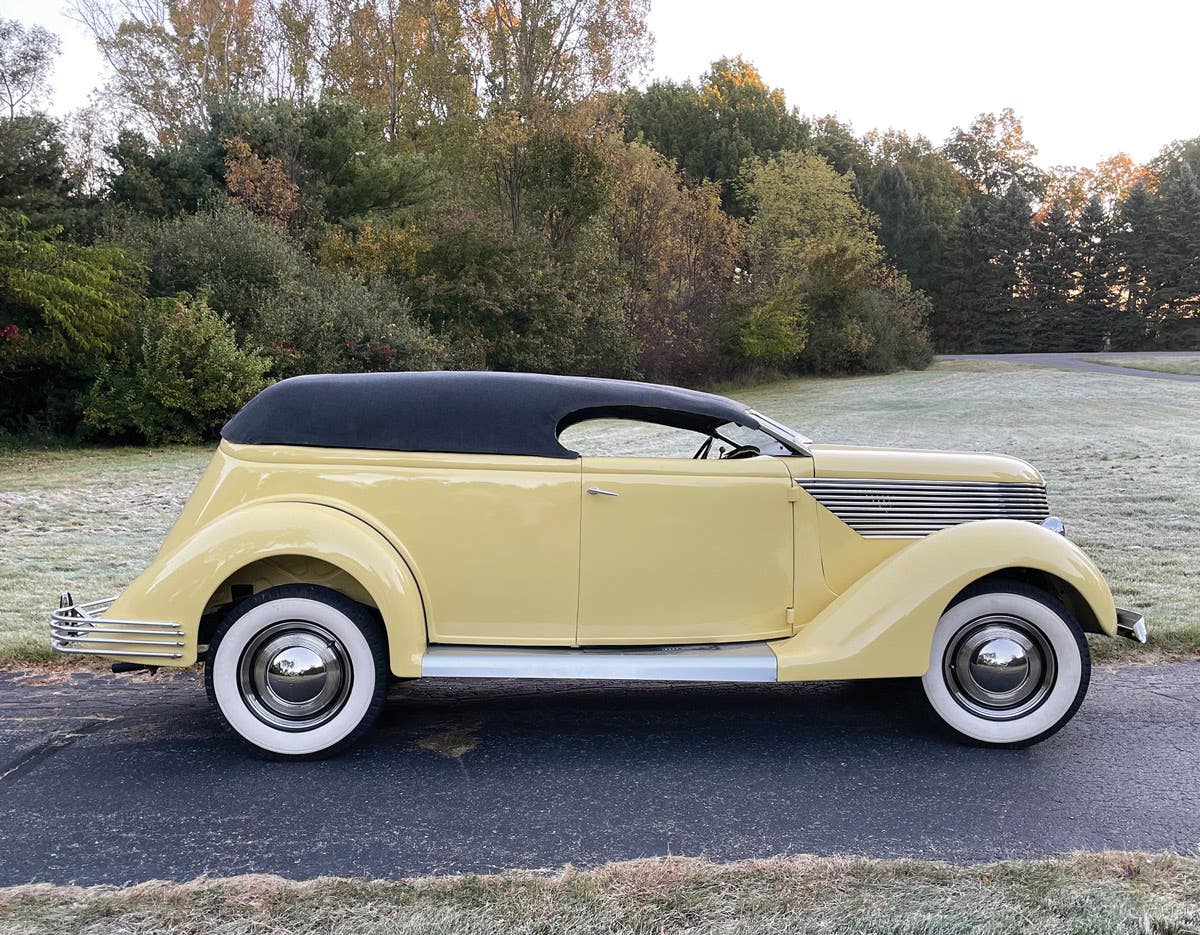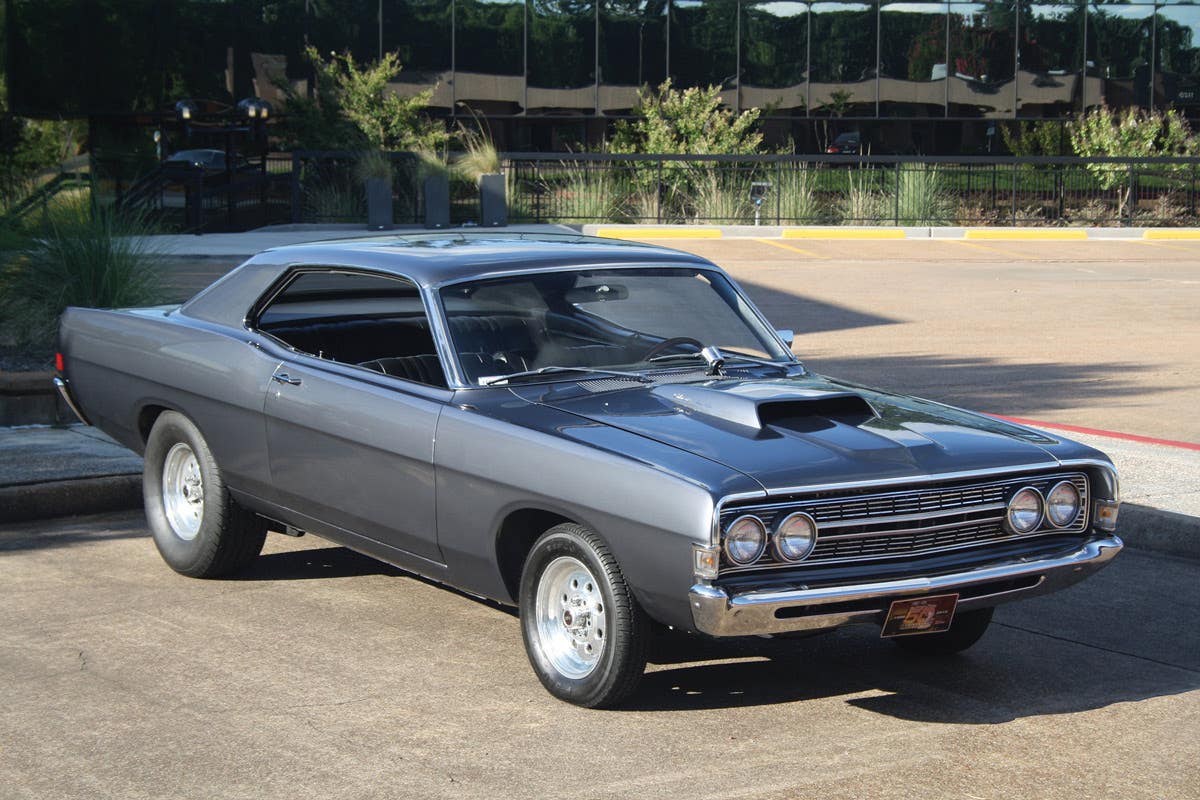Glass Patterns Galore
A new beginning for an old glazier’s tool… Getting the patterns right with the Simpl-Filer pattern machine.
Just what is it about the sound of breaking glass that compels young hoodlums to smash things? If an old car sits out long enough somewhere, such vandalism tends to occur.
Out here in Montana, we have the problem, too. A stroll through any of our favorite old wrecking yards yields examples. The trouble with that type of demonstration is we’d likely end up hauling something home — again.
Last time, it was the hollowed hulk of a ’54 Chevy station wagon for a friend in California. He already has a ’54 Chevy four-door sedan, a two-door hardtop and a convertible, so a wagon project should help to round out his collection.
Having sat in one spot for a very long time, the parted-out and picked-over wagon is fairly well weathered. Its rusty floor panels are pretty much gone, but that’s to be expected. The part that gripes yours truly is the savagely smashed glass.
Of course, we can fix things. The curved windshield is conveniently available new. The rest is all flat, so new pieces can be cut by a glazier. In this instance, both front door glasses are smashed to the point where they’re no longer useful for duplication. Surveyed glaziers unanimously agree that, for accuracy, an intact-enough original glass makes the best pattern.
For situations when there’s not original glass available, there are a few pattern alternatives. This may be an understatement, but the pattern we’ll attempt to illustrate is nothing new.
Finding old friends
Back in Riverside, Calif., in the earlier days of Bauman’s Auto Wrecking, my grandfather purchased a Simpl-Filer pattern machine, perhaps to fill in on occasions when he might not have had a particular used glass in stock. The Simpl-Filer was essentially a big wooden box with a cloudy upper lens and automotive window cranks protruding out-frontward — heavy-duty stuff.
By the time when I first toddled to it, the Simpl-Filer was retired to a small slab beneath a leaky lean-to. I had no idea what the big wooden box really was, but I sure had a ball spinning the cranks as a myriad of shapes and sizes sped by. By long-term memory, that would’ve been around 1962. Now I’m not sure how long after, but the leaky lean-to was, at some point, demolished. As the years rolled by, I never forgot the big wooden box.
An ancient-era slotted screw was stuck and rusted to this farm-fabricated hasp Rodney Bauman
A little more recently, it was time to open up an old shed in a corner of the yard where I wouldn’t ordinarily go. The creaky, old door hinges weren’t quite cooperative, but entry was eventually gained. As sunlight streamed in for the first time in eons, perhaps you heard me holler, “Eureka!”
The unexpected Simpl-Filer find triggered a chain of positive events. First, I contacted my big buddy Martin “Marty” McGurk, who’d been the glazier in my grandfather’s day at Bauman’s Auto Wrecking. Sure enough, he knew the Simpl-Filer well, and he recalled quite a lot about using it. Best of all, our telephone reunion was priceless, and we’ve agreed to stay in touch.
as well as weather, it’s still a sight for sore eyes. Rodney Bauman
This time it won’t be just a toy for kids to crank on. We’re about to learn a thing or two about it. Rodney Bauman
Putting the ol’ Simpl-Filer to work
We transported the Simpl-Filer to our new Montana-based shop to see if we can put it back to work to some degree. We’re not planning to compete in the flat auto glass business, but if we can help now and then with obscure patters, we’ll make actual-size copies as necessary.
Our existing library covers 1933-1955, with trucks and foreign jobs included in the mix. The only trouble is down in the cabinet’s center drawer. The Simpl-Filer index book is a crucial tool, and we have only one page of it.
At times like these, it’s good to know old glaziers. In San Bernardino, Calif., we have a friend in Mark Chavez. As proprietor of American Glass Co., Chavez has a Simpl-Filer, too. Come to find out, it isn’t used often these days, and it just might be available.
For me, personally, there’s only one Simpl-Filer. To give the old family heirloom a proper second chance, all I’d need is the book. Chavez entrusted me with his, on loan. To reproduce a copy of my own, I’ve photocopied every invaluable page. The book is chock full of useful information, and it’ll likely just answer our questions as we go.
Now that the big wooden box has finally arrived at the new Montana shop, let’s set it up on its stand, blow it all off and see what makes it tick. Then, better yet, let’s see if we can help a friend with a needed glass pattern for his ’54 Chevy.
’54 Chevy wagon, but it’s OK. We’re familiar with the interchange. Rodney Bauman
let’s apply the brake. It’s the best way to avoid unwanted arching. Rodney Bauman
At that time, replacement sections were also available for $2 each. Rodney Bauman
The end result can be rolled tightly and shipped affordably. Rodney Bauman
SOURCES
American Glass Co.
909-889-3574
Bauman’s Riverside Rodshoppe
406-437-1944
If you like stories like these and other classic car features, check out Old Cars magazine. CLICK HERE to subscribe.
Want a taste of Old Cars magazine first? Sign up for our weekly e-newsletter and get a FREE complimentary digital issue download of our print magazine.
